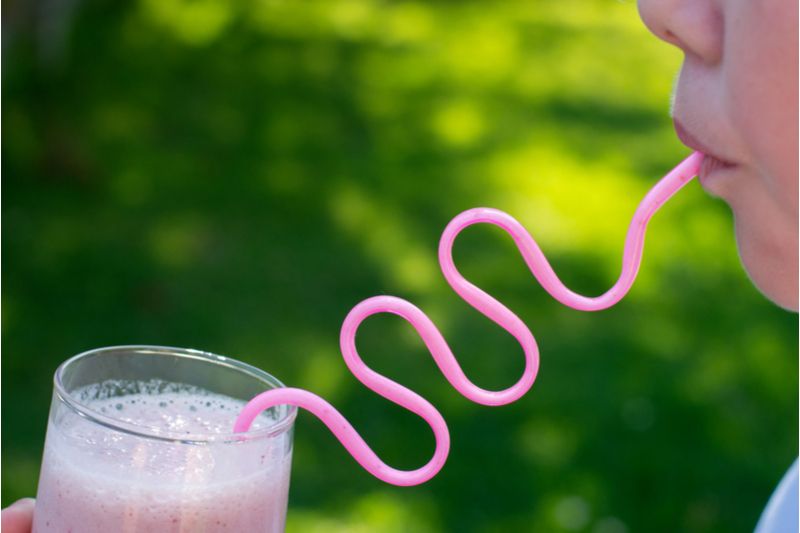High School Dropouts
Here’s a recent airplane seatmate conversation. A school teacher comments on his work: “The high school dropout rate is set at an early age. If a child doesn’t read beyond the third-grade level, their likelihood of dropping out skyrockets.”
My response: “Could it be that many can’t learn because they are hungry?”

The depressing data is that about 30% of the people in Louisiana, California, and Texas only read at the third-grade level. That may well be connected to the fact that, according to www.nokidhungry.org, “one in five children in the United States live in food-insecure households, which means they lack consistent access to enough food.” Nationwide, some 22 million children who come to school without an adequate breakfast rely on a school lunch—which may not occur until more than half of their daily classes are completed. And these lunches may be neither tasty nor nutritious.
One dramatic change in the nutrition space during the last few years has been the sourcing of plant-based, cost-effective protein, usually from peas. We can all find it in drinks, shakes, too-good-to-be-true non-meat hamburgers, and a rapidly expanding variety of snacks. What if the school snacks, meals, and vending machines were loaded with protein-rich offerings, rather than with sugar-infused “foods”? Name a kid that doesn’t like a shake—even one that is good for them!
Ah, but the barriers to changing anything in a school system. Unions, contracts, habits, committees…But what if some of the new high-protein food producers donated to a pilot program— in half the schools in a community—and measured the outcomes? What if it turned out that healthy protein loading of children, in their early years, dramatically improved test scores and lowered dropout rates? I’ll bet change would come pretty fast.
And these programs can include more than just kids. Many workplaces are also often overflowing with foods that do not advance productivity. Try to find some protein at a Starbucks. It used to be impossible. Now there are some egg-like choices, but not many. Their menu still consists mainly of caffeine and carbohydrates. The sugar high from some of these drinks, compounded by the caffeine jolt, works great for an hour or two—but the crash is inevitable.
Protein boosts, on the other hand, last for hours. Your muscles and mind need protein far more than they need fat and carbohydrates—especially during times of stress, study, and exercise.
So rally around this simple cause. Feed kids with the newly available high-nutrient content foods and let’s see if those dropout rates plummet. And do the same for yourself. Abandon the fickle kick of junk foods and eat your fill of these healthy alternatives—without guilt.
